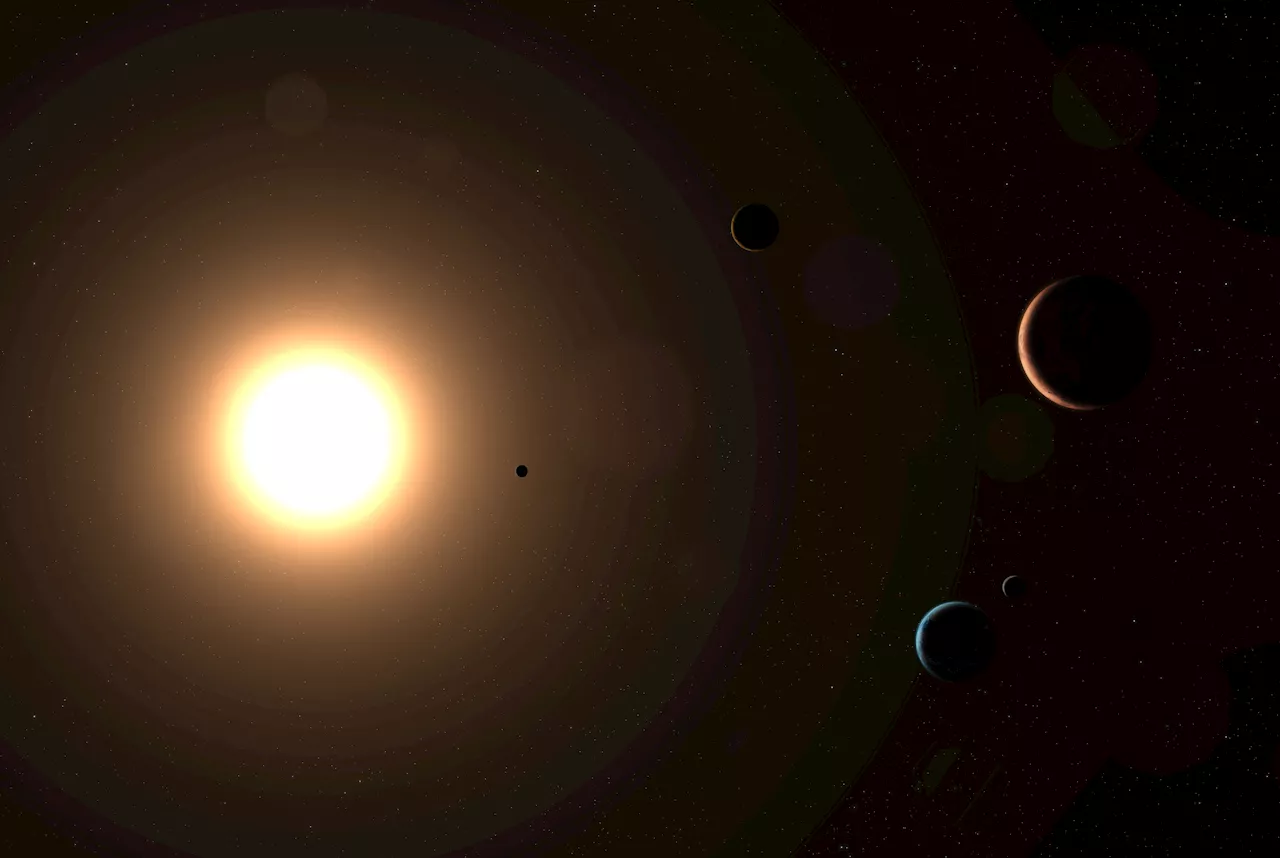A rare opportunity to see five planets - Venus, Mars, Jupiter, Saturn and Uranus - visible to the naked eye in the night sky.
Stargazers have a rare opportunity this January and February to witness an impressive planetary parade . Venus , Mars , Jupiter, and Saturn will be visible to the naked eye in the evening sky, with Uranus and Neptune detectable through binoculars or telescopes. This celestial display, dubbed a planetary parade , occurs when multiple planets appear close together in the sky, although not in a perfectly straight line.
According to astronomy experts, the planets will be positioned on one side of the sun, creating a visually captivating spectacle. Venus, the brightest planet, will be easily visible in the western sky after sunset. Saturn will be near Venus, while Jupiter, nearly as bright, will rise higher in the southern sky as the night progresses. Mars, identifiable by its reddish-orange hue, will be visible in the eastern sky. While this planetary parade is not an uncommon event, it's particularly noticeable this year due to the number of visible planets and their visibility in the evening hours. The best viewing times are in mid-January, between 5:30 p.m. and 7 p.m. Astronomy enthusiasts are encouraged to utilize sky observing apps like Stellarium to pinpoint the exact locations of the planets from their respective locations. Any clear, cloudless night during this period offers a chance to witness this celestial alignment. Remember, planets appear as steady points of light, unlike twinkling stars, and their movement relative to the stars distinguishes them from fixed celestial bodies
PLANETARY PARADE VENUS MARS JUPITER SATURN URANUS ASTRONOMY
United States Latest News, United States Headlines
Similar News:You can also read news stories similar to this one that we have collected from other news sources.
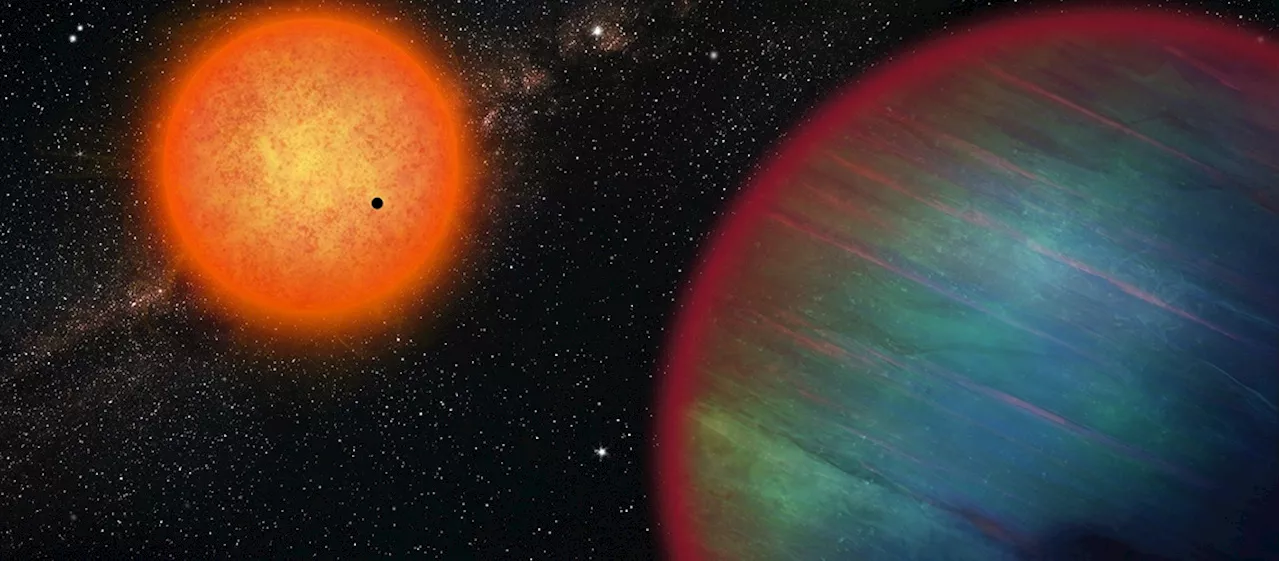 Challenging Planetary Migration Models: Discovery of a Hot Jupiter in a Multi-Planetary SystemAstronomers have discovered a new planetary system that challenges existing models of planetary migration. The system, known as WASP-132, contains a hot Jupiter, a super-Earth, and a giant ice planet. This discovery suggests that hot Jupiters may migrate in a more gradual and less violent manner than previously thought.
Challenging Planetary Migration Models: Discovery of a Hot Jupiter in a Multi-Planetary SystemAstronomers have discovered a new planetary system that challenges existing models of planetary migration. The system, known as WASP-132, contains a hot Jupiter, a super-Earth, and a giant ice planet. This discovery suggests that hot Jupiters may migrate in a more gradual and less violent manner than previously thought.
Read more »
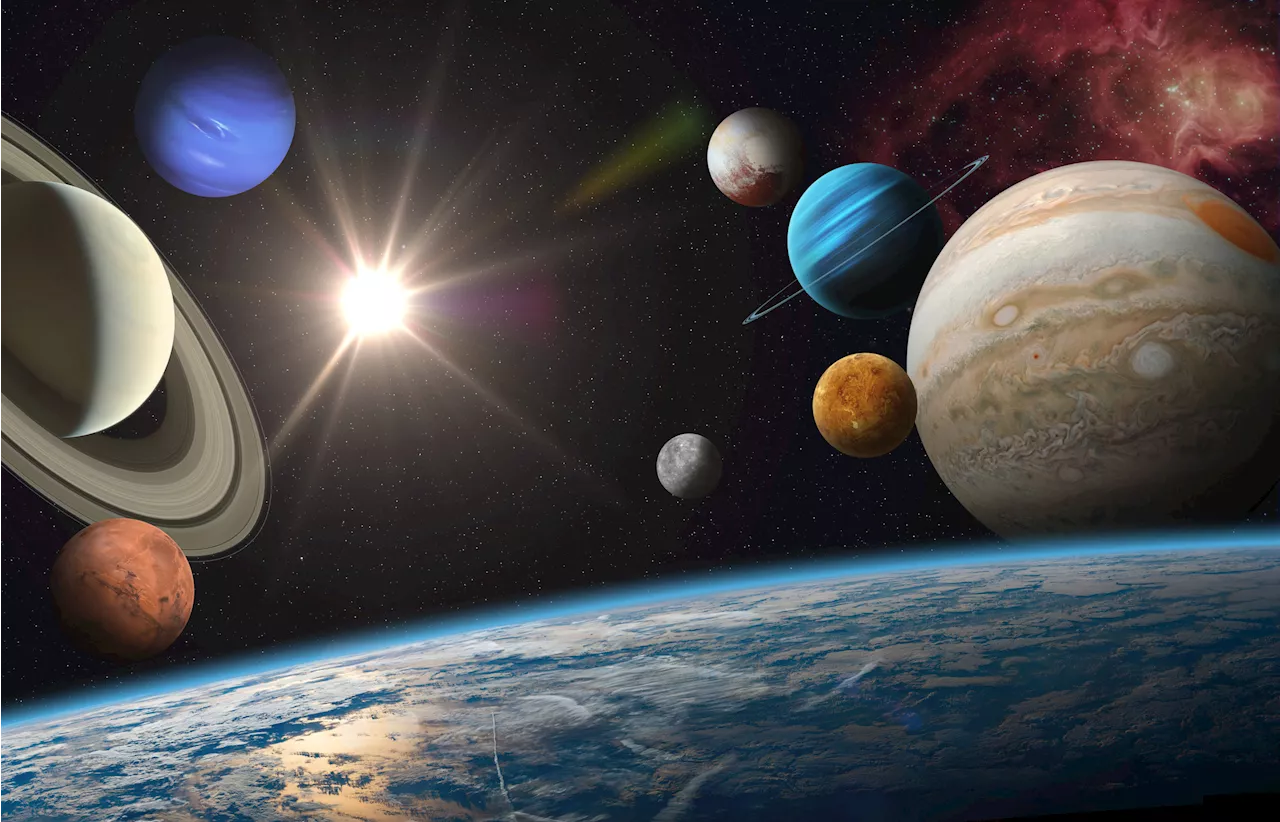 Rare 'Planetary Parade' to Delight Stargazers This MonthSix planets - Venus, Mars, Jupiter, Saturn, Uranus, and Neptune - will be visible in a straight line across the night sky throughout January and February. This rare celestial event, known as a 'planetary parade', will offer a spectacular sight for amateur astronomers and stargazers alike.
Rare 'Planetary Parade' to Delight Stargazers This MonthSix planets - Venus, Mars, Jupiter, Saturn, Uranus, and Neptune - will be visible in a straight line across the night sky throughout January and February. This rare celestial event, known as a 'planetary parade', will offer a spectacular sight for amateur astronomers and stargazers alike.
Read more »
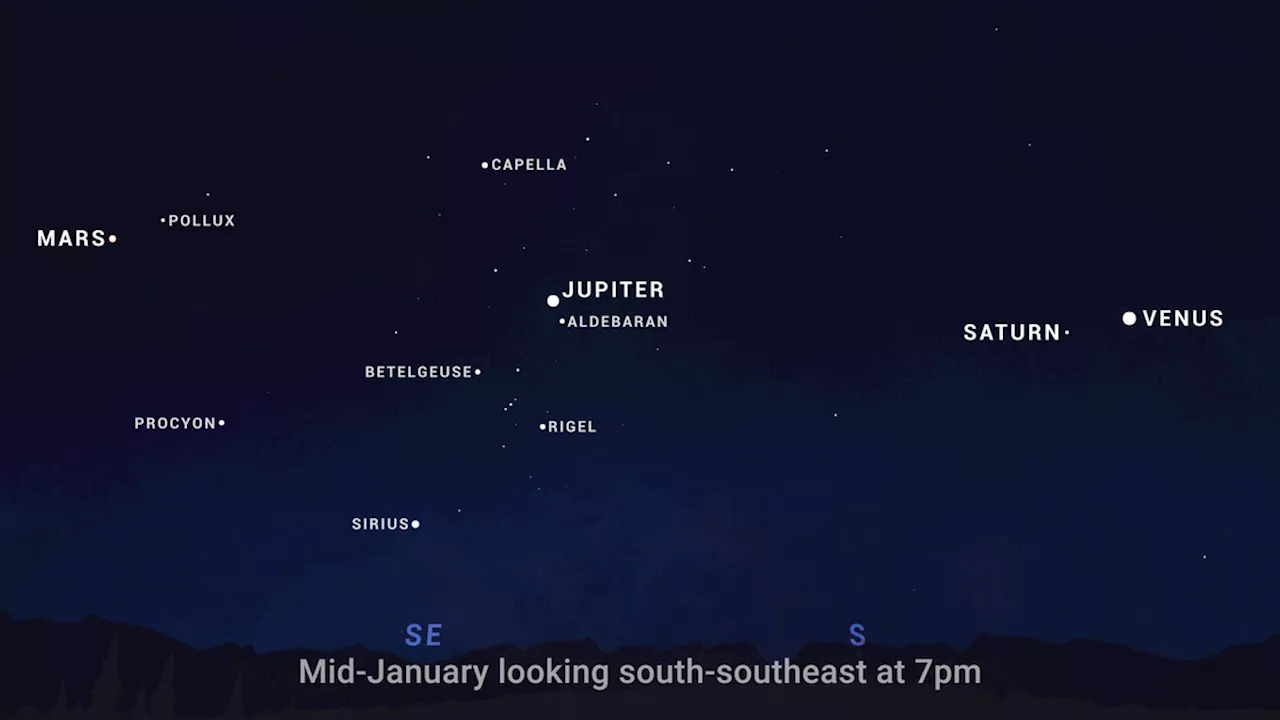 Watch 'planetary parade' online for free on Jan. 25Samantha Mathewson joined Space.com as an intern in the summer of 2016. She received a B.A. in Journalism and Environmental Science at the University of New Haven, in Connecticut. Previously, her work has been published in Nature World News.
Watch 'planetary parade' online for free on Jan. 25Samantha Mathewson joined Space.com as an intern in the summer of 2016. She received a B.A. in Journalism and Environmental Science at the University of New Haven, in Connecticut. Previously, her work has been published in Nature World News.
Read more »
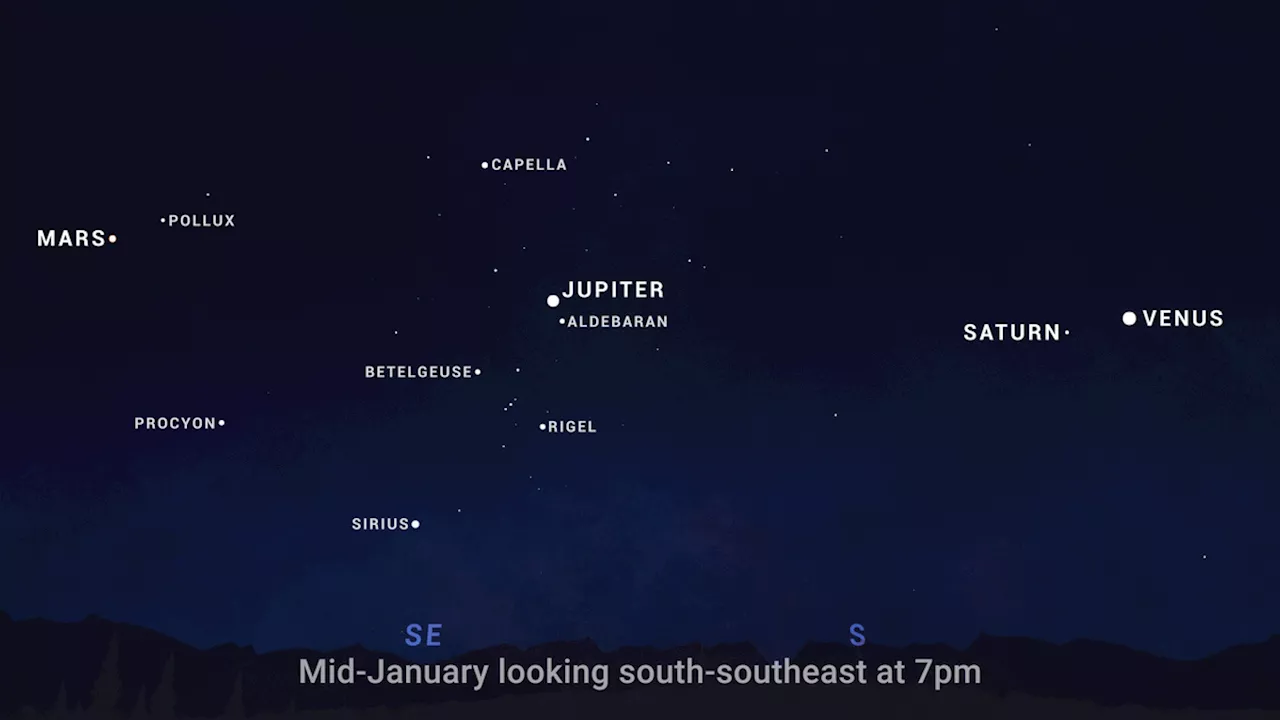 Four Bright Planets Align in 'Planetary Parade' This MonthFour bright planets, Venus, Mars, Jupiter, and Saturn, are visible together in the night sky this month in what NASA calls a 'planetary parade'. This alignment, while appearing dramatic, is a common occurrence due to the planets' orbital paths.
Four Bright Planets Align in 'Planetary Parade' This MonthFour bright planets, Venus, Mars, Jupiter, and Saturn, are visible together in the night sky this month in what NASA calls a 'planetary parade'. This alignment, while appearing dramatic, is a common occurrence due to the planets' orbital paths.
Read more »
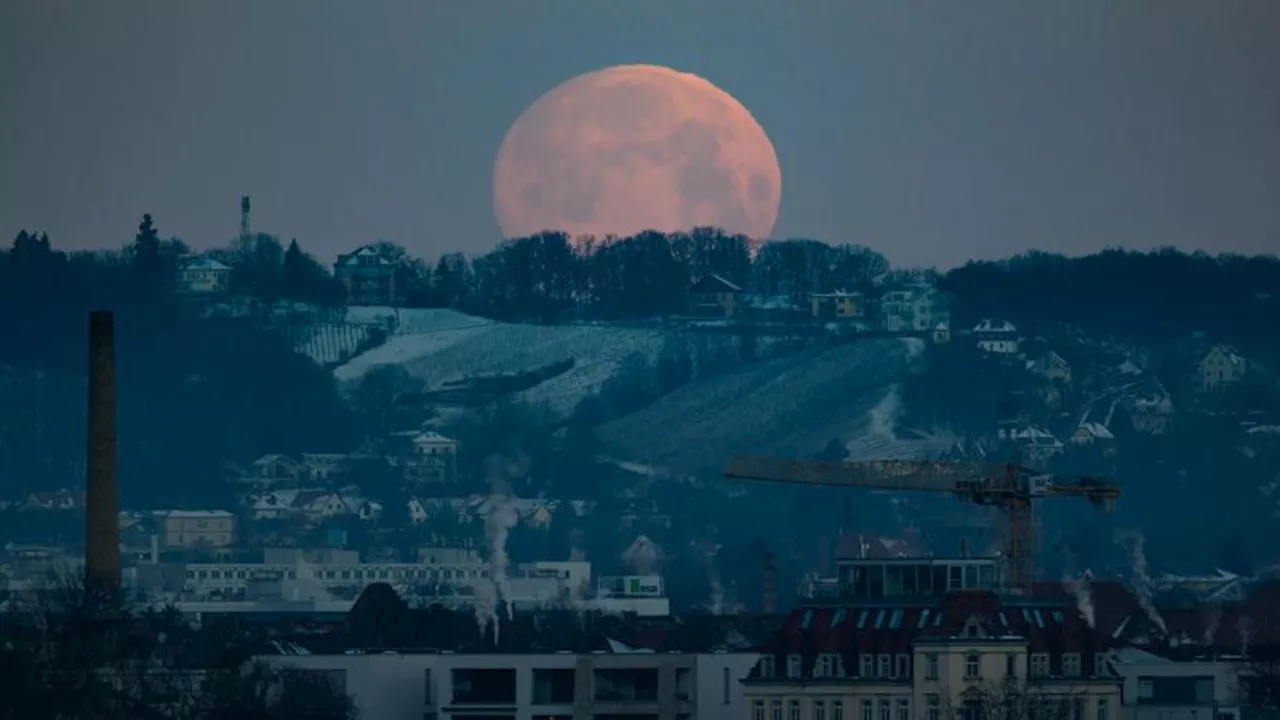 Wolf Moon and Planetary Parade Grace January SkiesThe first full moon of the year, known as the Wolf Moon, will grace the night sky on Monday, January 29th, offering a celestial treat for stargazers. The moon will appear to pass in front of Mars, creating a cosmic spectacle. Additionally, this month presents a rare opportunity to witness four bright planets—Venus, Saturn, Jupiter, and Mars—shining simultaneously in the night sky.
Wolf Moon and Planetary Parade Grace January SkiesThe first full moon of the year, known as the Wolf Moon, will grace the night sky on Monday, January 29th, offering a celestial treat for stargazers. The moon will appear to pass in front of Mars, creating a cosmic spectacle. Additionally, this month presents a rare opportunity to witness four bright planets—Venus, Saturn, Jupiter, and Mars—shining simultaneously in the night sky.
Read more »
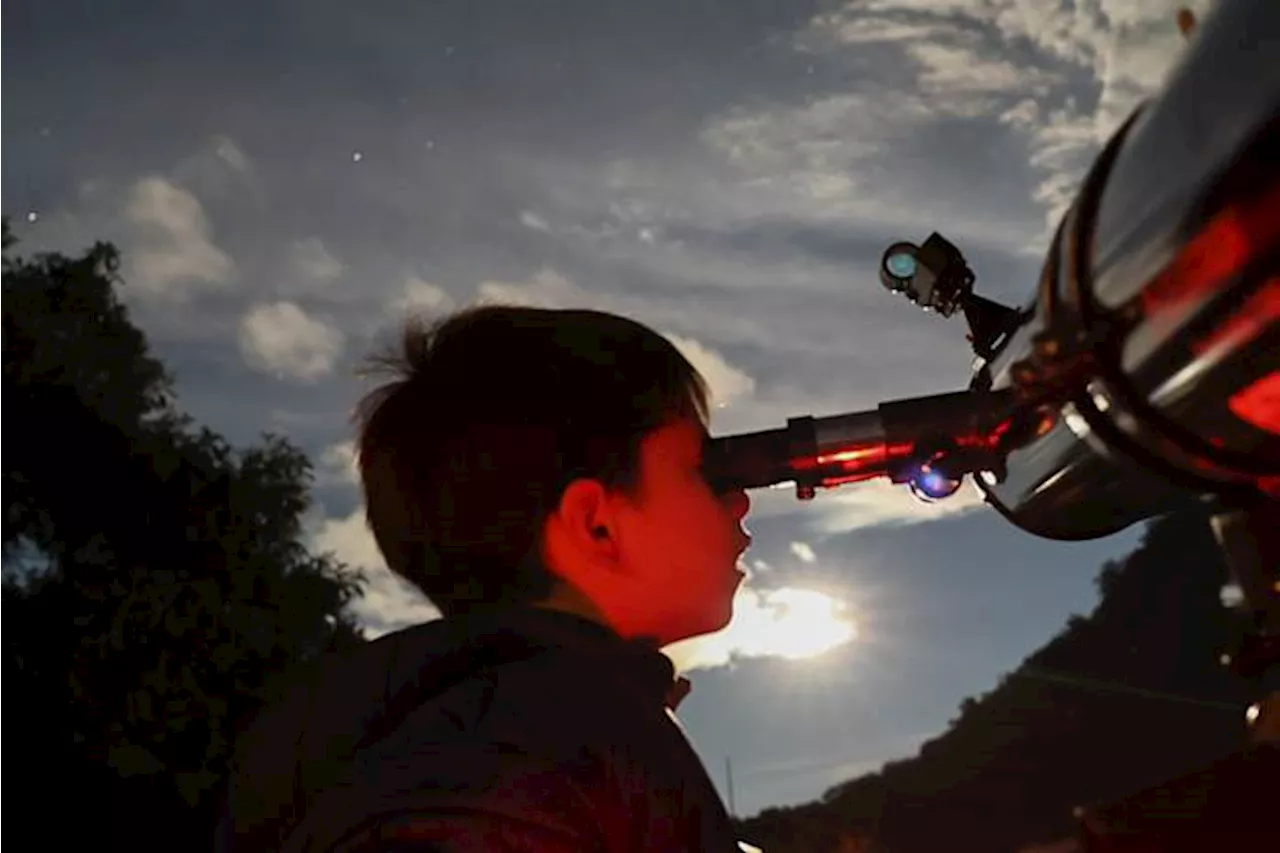 How to glimpse a parade of planets in the January night skySix planets grace the sky this month in what’s called a planetary parade.
How to glimpse a parade of planets in the January night skySix planets grace the sky this month in what’s called a planetary parade.
Read more »
